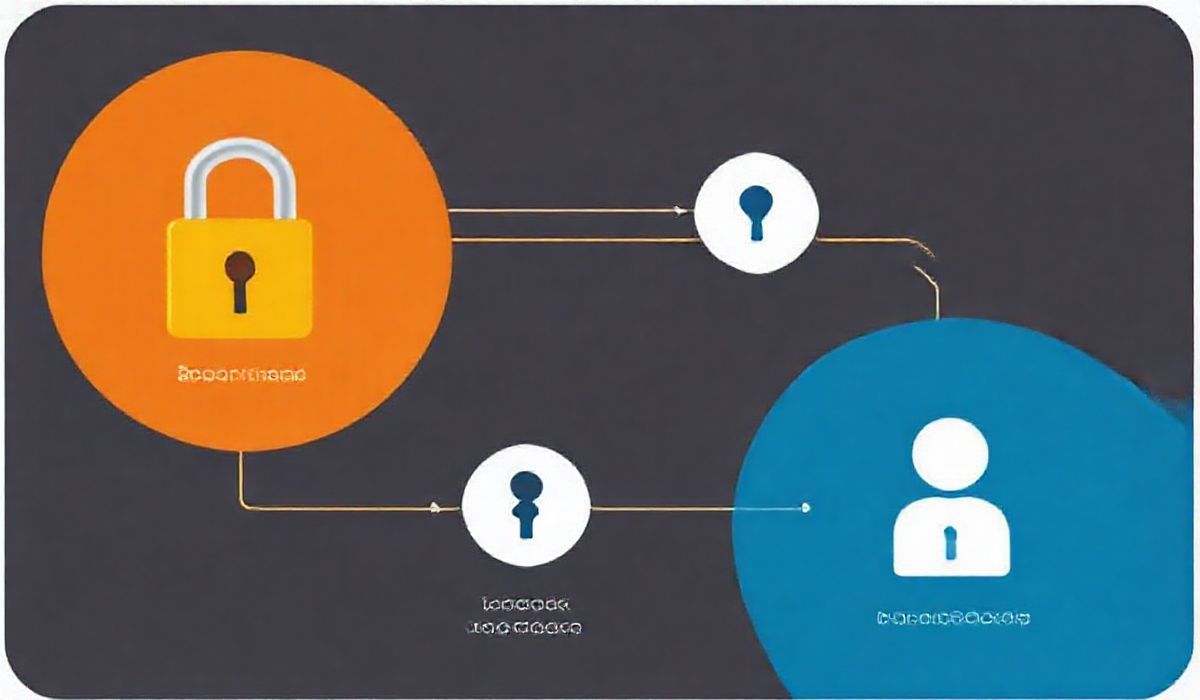Introduction to `service-identity`
The service-identity module is a critical tool that assists in verifying the identity of servers and clients, ensuring the authenticity and security of API interactions. Using this robust tool, developers can protect against man-in-the-middle attacks by validating server certificates against expected host identities.
Core APIs and Explanations
Here are some of the pivotal APIs provided by the service-identity module, complete with code snippets to showcase their implementation.
1. ServiceIdentity Creation
Initializes the `service-identity` components and bindings.
from service_identity import Certificate, DNS_ID, SRV_ID
cert = Certificate()
dns_id = DNS_ID("example.com")
srv_id = SRV_ID("example.com", "http", "example_service")
2. Verifying Certificate Identity
Verify the provided certificate against the expected identities.
from service_identity import verify_certificate
cert_to_verify = get_certificate_from_some_source()
verify_certificate(cert_to_verify, [dns_id, srv_id])
3. Setting Up Context
Creating a context with trust anchors to validate server certificates.
import ssl
from service_identity import create_context
context = create_context()
context.load_verify_locations("path/to/ca_bundle")
App Example Using `service-identity`
Here’s a practical example demonstrating how to integrate `service-identity` within a simple client-server application.
Server
from http.server import HTTPServer, BaseHTTPRequestHandler
import ssl
class SimpleHTTPRequestHandler(BaseHTTPRequestHandler):
def do_GET(self):
self.send_response(200)
self.end_headers()
self.wfile.write(b'Hello, world!')
httpd = HTTPServer(('localhost', 4443), SimpleHTTPRequestHandler)
httpd.socket = ssl.wrap_socket(httpd.socket,
server_side=True,
certfile='path/to/server.pem',
keyfile='path/to/key.pem',
ssl_version=ssl.PROTOCOL_TLS)
httpd.serve_forever()
Client
import ssl
import urllib.request
from service_identity import verify_certificate, DNS_ID
context = ssl.create_default_context(cafile='path/to/ca_bundle')
with urllib.request.urlopen('https://localhost:4443', context=context) as response:
cert = response.fp.connection.sock.getpeercert(binary_form=True)
verify_certificate(cert, [DNS_ID("localhost")])
print(response.read())
By leveraging `service-identity`, the above example ensures secure communication between the client and server, with robust certificate verification mechanisms in place.
Hash: 5aed5e4192d498a2e22de31eb9f7c052b0550a9b6dfaba557b56440ac818896b




